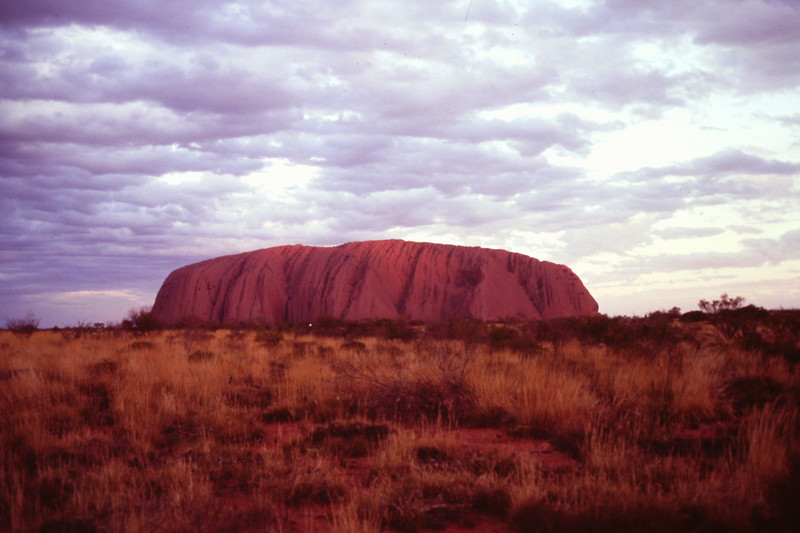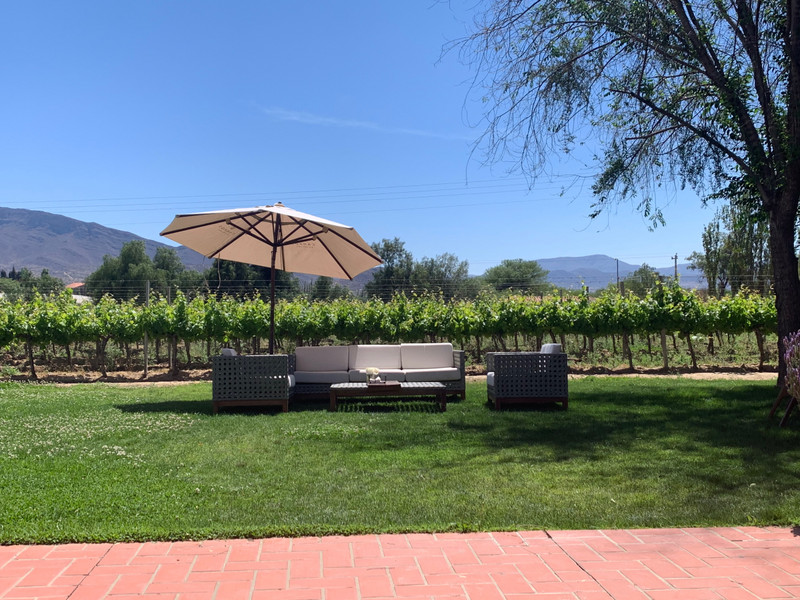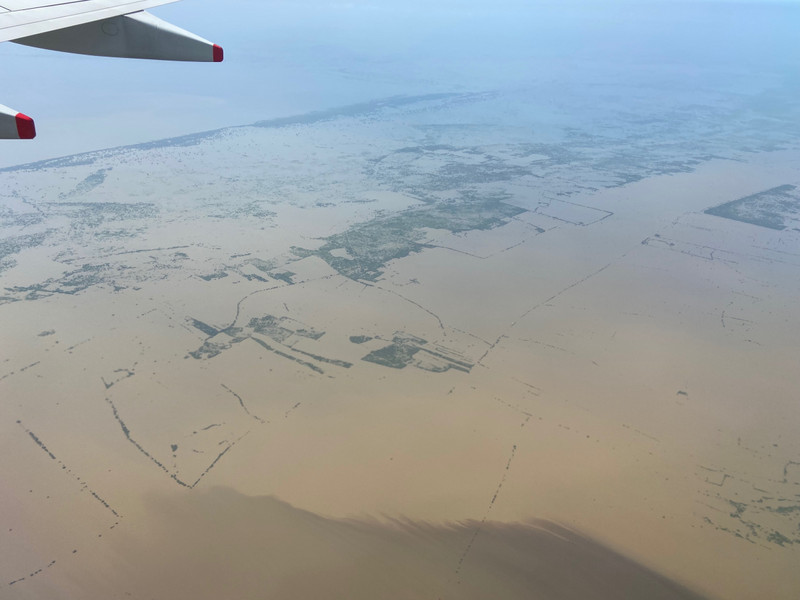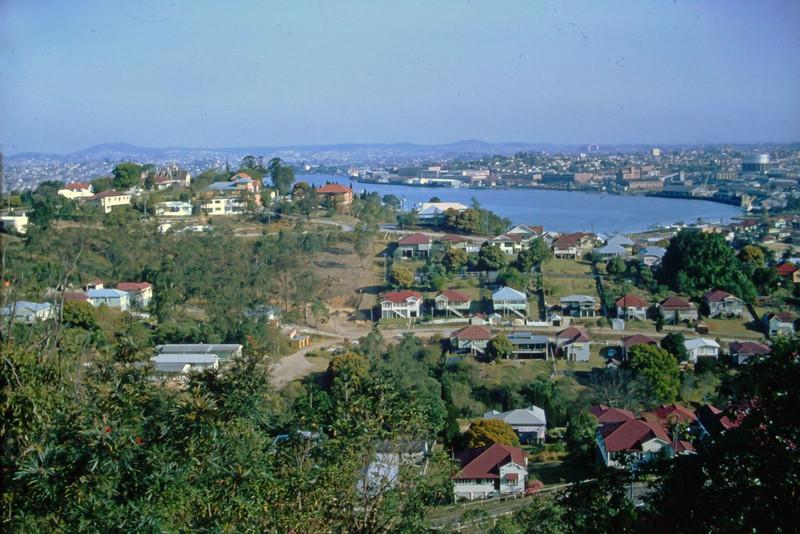This is the third and last blog entry from my trip in Australia 25 years ago. Here I will present a mix of some lesser known sites, a few somewhat more known sites and two sites that are absolutely iconic.
Alice Springs is right in the centre of Australia and is popular among tourists much thanks to its proximity to the iconic Uluru/Ayers Rock. But there are also plenty of things to see in Alice Springs itself so it is unfair to dismiss the town as just a transport hub.
=> Todd River: Much of the interior in Australia is very dry and arid and it almost never rains. This is especially true for the area around Alice Springs. The nature around Alice Springs is desert. The river that runs though Alice Springs, Todd River, is therefore almost always a dry river bed. Still they each year arrange a boat race in the river, the Regatta. The irony is that the boats they race are frames without any bottom. The rowers hold up the frame with their hands and run along the race course.
In fakt, it has been known that they have been forced to cancel the race because of rain. They could then not race because there was water in the river...
=> Date farm: Outside Alice Springs there is a date farm that allows visitors. Since I like dates and had never seen date palms before I just had to go. I remember that they had date there. That was also a first for me.
=> School of the air: In central Australia distances are so great that it is impossible for children who live in rural areas to school. Instead they run lessons remotely via radio. At least they did then, back in the I guess now they run the lessons as Zoom conference in Australia just like everywhere else.
=> Uluru/Ayers Rock: Uluru, also known as Ayers Rock, is a huge sandstone rock that juts out of the ground. It looks a bit odd since the surrounding land is totally flat and that the rock is over 300 meters high. Uluru is a very important spiritual site for the Aboriginal Australians. When I visited in 1995 it was permitted to climb Uluru. But
=> Kata Tjuta/Olgas: Kata Tjuta, also known as Olgas, is a rock formation about 30 km from Uluru. Uluru and Kata Tjuta are part of the same national park.
=> Aboriginal village theme park: In Alice Springs it is possible to take a tour into the desert and visit an Aboriginal village theme park. It was labelled as a genuine and the guide pushed really hard on the issue that the people we met live there and that we visited their home. When the guide was out of earshot the village elder admitted that it was all fake. He said that they all live in Alice Springs because it really sucks to live in the desert.
Gosses Bluff is the remains of a meteorite crater 160 km to the west of Alice Springs. I thought it could be fun to see a genuine meteorite crater so I signed up for a tour to this site. The highlight of the tour was of course Gosses Bluff itself. But they also included a few other sites in the tour.
is a narrow crevice named after Ida Standley, teacher and humanitarian who worked with children who had one parent who was an Aboriginal Australian and one who was of European descent. These children were unwanted by and would have been outcast if Ida Standley hadnt taken care of them.
=> Palm Valley: Central Australia hasnt always been desert. 15,000 years ago it was different. Then it rained more in the interior. It rained enough so that forests could grow. But then it changed. It became drier and all the forests disappeared, all except a small pocket near Alice Springs. In Palm Valley the geology helps to preserve water in the ground so that a small grove of palm trees can grow there. It is a bit like a hidden oasis in the middle of the desert.
=> Gosses Bluff: Strictly, what can be seen at Gosses Bluff today isnt the original crater. That has eroded away millions of years ago. It still looks very much like a crater, but it is thought to be the eroded relic of the craters central uplift, whatever that means...
south of Alice Springs.









